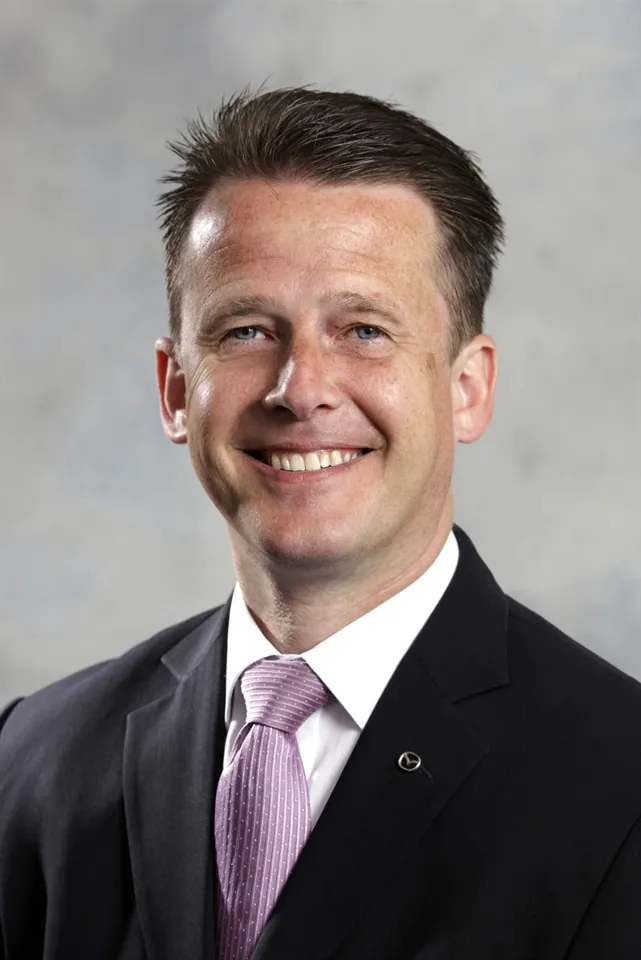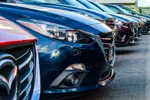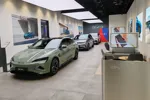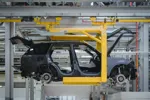JB: How big is the potential margin increase?
JT: Perhaps it might be 3% rather than 1%, for example.
On a Mazda6 it would be hundreds of pounds.
JB: You have around 140 dealers and 29 authorised repairers in the UK. Is this what you want?
JT: Exactly.
There have been some changes, but I wouldn’t say significant.
And we have eight open points in the usual, harder to fill locations.
JB: How many of the network are profitable?
JT: The network as a whole was profitable last year.
Our top 25%, who are typically the longest-standing franchise holders with the most established businesses, were at 3.5% ROS to the end of November.
I see significant opportunity beyond that.
Of course, I would say that, but if everyone improves their position with the new generation of cars; if everyone can have better margin retention and stronger customer interest, i.e. the ‘conquest dealers’, then it’s possible.
JB: What, beyond new product, can make a Mazda dealer achieve beyond 3.5%?
JT: Firstly, new products have as powerful an influence on network profitability as it does on factory profitability and we’re just coming into a very aggressive and busy time in terms of new product launch.
I’d like a product launch every year.
But the good news is that there will be considerably more than that in the next two years.
Secondly, one of the most powerful factors is the passion and determination of the dealership management.
I know there are many other influences in it, like vocation, customer base, absorption and so on, but actually, you can overcome a great deal and you can unlock tremendous opportunities by having a dealer who is driven, focused and actually is really interested in each individual brand.
JB: Have the likes of Kia and Hyundai taken a slice of your lunch in the last few years with their determination to make a mark in this country and your lack of product?
JT: Competition is healthy in this industry – and it’s great for consumers.
Since the scrappage scheme, Kia and Hyundai haven’t really let up and they’re eating a bit of everyone’s lunch. Kia, with Ford, is probably most commonly found alongside Mazda in showroom locations, but the dealers I talk to say the Kia customers don’t tend to migrate to Mazda and Mazda customers don’t migrate to Kia.
JB: And in that scenario, the Mazda dealer has enough in his armoury to put up an equal fight?
JT: Mazda’s history of reliability, great products and dynamics are the things that any good dealer will present as reasons not to look elsewhere.
JB: Volvo said recently that by 2020 all its dealers could be on solus sites. Could solus sites be a dominant feature of the Mazda network?
JT: No. We operate effectively in shared showrooms, at sites with multiple boxes or with standalone dealerships.
The Mazda franchise can incorporate and be incorporated in very different business models and in the top 25% performers we see a mixture of all of these different permutations.
The multi-franchise groups are interesting as they are very successful where there aren’t too many franchises to manage – and where the senior management pay as much attention to the Mazda brand as the others.
Where a brand doesn’t work is where it is the equivalent of a footnote in an annual report.
To be successful you need to understand our marketing process, our marketing strategy; you need to understand that a Mazda customer is different from another manufacturer’s customer and exploit those differences.
















Login to comment
Comments
No comments have been made yet.